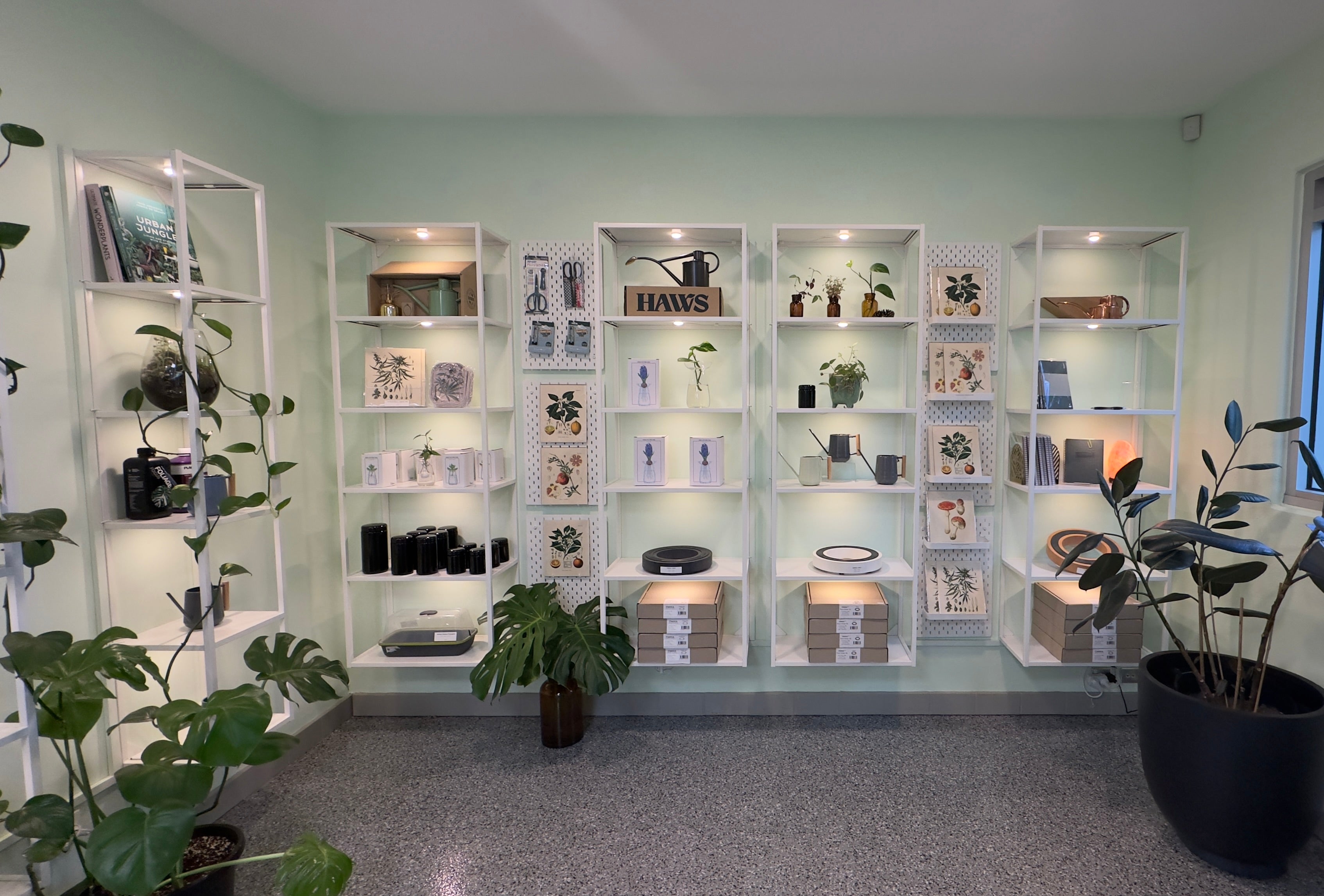Thrips, also known as thunderbugs and harvestbugs, can be an indoor gardener's worst nightmare.
These tiny insects feed on plant sap, stunting growth and causing unsightly distortions and scarring on leaves, branches, and blooms. Additionally, thrips can transmit viruses and bacterial diseases, compounding the damage to your plants.
I unfortunately discovered a serious infestation in one of my larger grow rooms and was devastated to see these creepy crawlies ravaging my beautiful Lemon Aji chilli plants. 😭
Hence, this blog. Death to all thrips!
What are Thrips?
Thrips are sap-sucking winged insects. They are extremely small and thin, and rarely measure more than 5mm in length.
There are over 5,000 species of thrips, but only 100 to 200 of these are harmful to the plants we care about. These thrips target a wide range of plants, including flowers, vegetables, fruit trees, shrubs, woody plants, and herbaceous plants.
Thrips are not strong fliers, often relying on the wind to move their tiny narrow bodies around.
What do Thrips look like?
Thrips are tiny, about 1-2mm long, making them difficult to spot until significant damage has occurred. They are small, typically brown, translucent white, black and typically live in clusters, which can lead to severe crop infestations.
I see them when I start staring at the centre of leaves. They usually lie in the perfect leaf margins and move as soon as I start looking (maybe they can feel my angry breath!).
To detect and confirm thrips on your plants, shake the plant over a sheet of white paper; thrips will fall onto the paper, making them easier to see. Using a magnifying glass can help in identifying them. Sticky traps can also indicate their presence, and help break the breeding cycle, though they won't solve the immediate problem.
How do I spot a Thrip infestation?
Early signs of thrip damage include leaves falling off, yellow or bleached spots, and stunted blooms. You might initially mistake these symptoms for nutrient deficiencies or fungal infections.
What is the best way to treat a Thrip infestation?
There are quite a few approaches here. I would employ all of them until they have been eliminated!
First: Remove all thrip-damaged leaves, flowers, and stems, disposing of them in the trash. If an infestation is severe, consider isolating or even discarding the affected plant to prevent the spread of thrips to other plants. Which they absolutely will so don’t become complacent in this approach.
Next: Wash the thrips off your plants. A good shower with soapy water using a watering jug or high-powered spray bottle will help physically remove thrips from leaves and stems. I use 2 teaspoons of eco-friendly soap mixed in 4-5 litres of water.
Then: Thoroughly spray the entire plant with a natural insecticide, paying special attention to the stems and undersides of leaves.
What natural products can I use to kill Thrips?
Neem Oil (found in MR 24/7)
Neem oil is a natural insecticide derived from the neem tree, effective against thrips without harming beneficial insects.
Neem oil is very effective at killing thrip larvae, often found in hydroponic grow medium; but less effective on adult thrips. However, weekly applications of neem oil offer a systemic solution shown to disrupt the pests' feeding and reproduction over time.
I still use the old gardener's recipe of mixing neem oil, eco-friendly dish soap and water to kill thrips.
Pyrethrum Sprays
Pyrethrum, derived from chrysanthemums, is another natural insecticide effective against thrips. Spray pyrethrum on infested plants twice, with a four-day interval between applications. Ensure you use a pure pyrethrin product to minimise environmental impact.
What about synthetic insecticides?
With so many natural, safe and effective options available, it is easy to avoid using synthetic pest control products.
Synthetic insecticides rely on direct contact to be effective. Thrips often hide in curled leaves and buds, and lay their eggs protected in plant tissue, making direct contact unlikely.
Furthermore, synthetic insecticides are often toxic to humans and pets; and should not be used on consumable crops. Repeated use of synthetic insecticides can lead to insecticide resistance in thrips, rendering such applications useless in the long term.
How to Prevent Thrip Infestations?
Cell Strength
A healthy plant is a strong plant. And a strong plant has strong cells that thrips can't bite into and feed from.
Proper plant nutrition during all stages of growth and flower is the first and best defence against any pest infestation.
Including products like MILLS Vitalize and CYCO B1 Boost into your regular nutrient regime will strengthen plants from the inside out; and those annoying thrips will seek out an easier target to feed from.
Foliar Spray
A weekly foliar spray designed to deter thrips is an easy way to protect your plants from infestations.
PureCrop1 is a fantastic product that creates a physical barrier as well as strengthening plant cells from the outside-in; while products like Sharp Shooter Natural Pyrethrum have a scent that insects dislike, discouraging them from settling on your plant-babies.
Practise Good Plant Hygiene
Maintaining a clean hydroponic grow room floor by removing any leaves and stems can reduce the likelihood of thrip infestations. Thrips thrive in these warm untidy areas especially amongst dying leaf matter and general grow room debris, so regular cleaning and proper disposal of plant material is crucial.
Companion Planting
Certain plants, such as basil, chives, catnip, and garlic, can repel thrips. Incorporating these aromatic herbs into your garden can help deter thrips and protect your plants.
By understanding thrips and employing these preventative strategies, you can protect your plants and maintain a healthy, thriving indoor grow room.
________________________________________________________
Resources:



